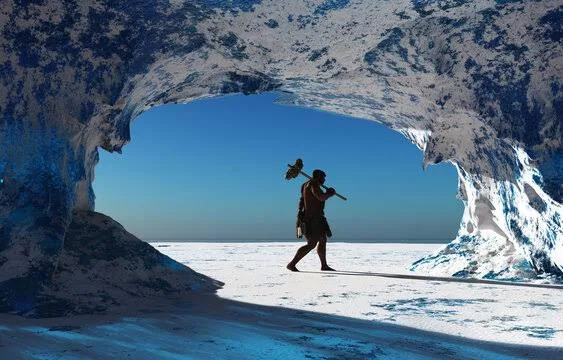What is The Ice Age ?
 |
| The Ice Age ? |
Ice Age
The term "Ice Age" refers to a long period of time in Earth's history characterized by colder global temperatures and the presence of extensive ice sheets and glaciers. During an Ice Age, large portions of Earth's surface become covered in ice and snow, leading to significant changes in climate, sea levels, and ecosystems.
Ice Ages are part of Earth's natural climate cycle, and they have occurred multiple times throughout the planet's history. The most recent Ice Age, often referred to as the Pleistocene Ice Age, began about 2.6 million years ago and ended approximately 11,700 years ago.
During the Ice Age, much of the Earth's water was locked up in ice sheets, causing sea levels to be significantly lower than they are today. As a result, land bridges formed between continents, allowing the migration of various species across different regions.
Ice Ages on Earth are periods of geological time when large portions of the planet's surface are covered by ice sheets and glaciers. These periods are characterized by colder global temperatures, lower sea levels, and the expansion of ice across landmasses.
Ice Ages are part of a natural climate cycle known as the glacial-interglacial cycle, which consists of alternating periods of glacial advances (ice ages) and warmer interglacial periods. The most recent Ice Age, known as the Pleistocene Ice Age, began around 2.6 million years ago and ended about 11,700 years ago.
During the Pleistocene Ice Age, large ice sheets covered vast areas of North America, Europe, and Asia. These ice sheets were several kilometers thick and had a profound impact on Earth's landscape. As the ice sheets advanced, they eroded the land, shaping valleys, fjords, and other distinctive features. When the ice sheets retreated during interglacial periods, they left behind glacial deposits, such as moraines and glacial lakes.
The causes of Ice Ages are complex and are influenced by various factors, including changes in Earth's orbit, known as Milankovitch cycles, variations in solar radiation, atmospheric composition, and the feedback mechanisms within Earth's climate system.












0 Comments